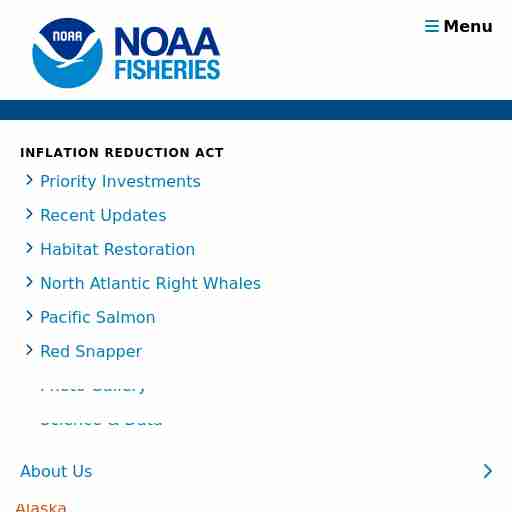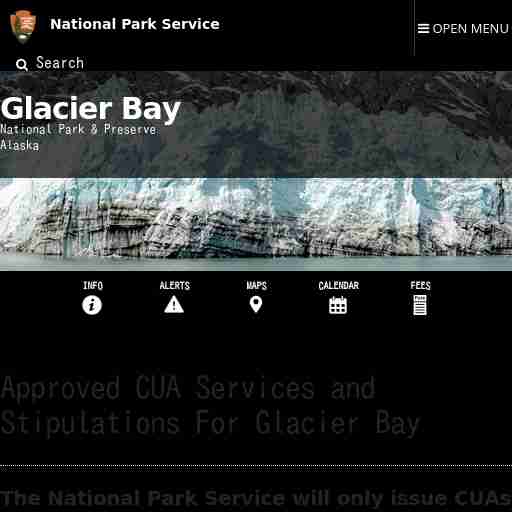Glacier Marine Agencies Ltd is a leading provider of marine services, offering a wide range of solutions to clients across different industries. With years of experience in the industry, Glacier Marine Agencies has built a reputation for delivering top-quality services that meet the needs of its clients.
Glacier Marine Agencies provides a broad range of marine services, including:
The company's vessel agency services are designed to help ship owners and operators manage their vessels efficiently. These services include port agency, husbandry, and protective agency services.
Cargo operations are another critical service offered by Glacier Marine Agencies. The company has extensive experience in handling all types of cargo, including dry bulk, breakbulk, and project cargo. Its team of experts ensures that cargo is handled safely and efficiently.
In addition to vessel agency and cargo operations, Glacier Marine Agencies also provides offshore support services. These services include crew changes, supply runs, and emergency response.
The company's logistics and supply chain management services are designed to help clients manage their supply chains effectively. This includes transportation coordination, inventory management, and customs clearance.
Finally, Glacier Marine Agencies offers marine consultancy services to help clients navigate complex regulatory environments. Its team of experts provides guidance on compliance issues as well as risk assessment and management.
Working with Glacier Marine Agencies offers several benefits, including:
Glacier Marine Agencies works with a wide range of vessels, including bulk carriers, tankers, container ships, and offshore support vessels.
Glacier Marine Agencies is committed to safety and environmental stewardship. The company has implemented rigorous safety policies and procedures to ensure that all operations are conducted safely and responsibly.
Yes, Glacier Marine Agencies provides customized solutions tailored to meet the specific needs of its clients. Its team of experts works closely with clients to understand their requirements and develop solutions that meet their unique needs.
If you're looking for top-quality marine services, look no further than Glacier Marine Agencies Ltd. With years of experience in the industry and a broad range of services to meet your needs, Glacier Marine Agencies is your go-to partner for all your marine service needs.

Our company offers an expansive range of services that include Vessel Chartering, Customs Clearance, Air & Ocean Freight forwarding, Project-based Cargo ... Glacier Shipping LLC provides exceptional logistics services to clients worldwide. Our company offers an expansive range of services that include Vessel Chartering, Customs Clearance, Air & Ocean Freight forwarding, Project-based Cargo Handling, Overland Trucking, Cargo Insurance, Warehousing, Container Trading and more. We are proud to be able to bring added value to the logistics operating chain and through that, to create strong growth opportunities with customers and partners. We're Expanding! New UK Branch Now Open! We are excited to announce the opening of our new branch in the United Kingdom, further solidifying our commitment to providing world-class shipping solutions across the globe. This new location will allow us to better serve our clients throughout Europe and enhance our logistics network. Globally known for our ability to handle every last detail of our customers’ particular logistics and forwarding needs, Glacier Shipping LLC team takes care of all your logistics. With no restrictions in the size and weight of the cargo, we provide a full array of ocean freight forwarding services right from door to door pick up, advance tracking technology and managing With an excellent network of operators who are available 24 hours a day and seven days a week, we promise a timely and cost effective delivery of goods to the desired destination. With an Offering a wide range of land transportation services, focused on the optimal delivery of goods at the agreed time In this busy and competitive, chartering a vessel require great level of expertise whether it comes to booking a vessel or getting best market rate or getting the vessel with required volume.
---

Apr 28, 2022 ... Remain at least 100 yards from marine mammals. Time spent observing individual(s) should be limited to 30 minutes. Whales should not be ... All Threatened & Endangered Species Report a Stranded or Injured Marine Animal Illegal, Unregulated, Unreported Fishing Atlantic Highly Migratory Species Endangered Species Conservation Report a Stranded or Injured Marine Animal Priority Restoration Investments Climate, Ecosystems & Fisheries Initiative Protected Resources Regs & Actions Inflation Reduction Act Opportunities Volunteering and Citizen Science Regional Fishery Management Councils Marine Fisheries Advisory Committee American Fisheries Advisory Committee Alaska Marine Mammal Viewing Guidelines and Regulations Information on approach regulations, safe viewing practices, and more information on reducing disturbance while watching whales, sea lions, seals, dolphins, and porpoises from boats, planes, and helicopters. Humpback Whale Approach Regulations Viewing Marine Mammals: Voluntary Codes of Conduct Guidelines for Viewing Harbor Seals in Alaska's Glacial Fjords General Marine Mammal Viewing Code of Conduct How to Observe Marine Mammal Behaviors and Minimize Your Impact How to Conscientiously View Marine Mammals from a Boat How to View Marine Mammals From an Airplane or Helicopter Federal Laws and Marine Mammal Viewing Humpback Whale Approach Regulations The Alaska humpback whale approach regulation has been in effect since July 2001 and requires that you: Not approach within 100 yards of a humpback whale. Not place your vessel in the path of oncoming humpback whales causing them to surface within 100 yards of your vessel.
---

If access via marine waters to an area within the park is necessary, it must be provided by a company authorized to provide that access in Glacier Bay National ... Skip to this park information section Approved CUA Services and Stipulations For Glacier Bay The National Park Service will only issue CUAs for commercial activities and visitor services that: are determined to be an appropriate use of Glacier Bay; will have minimal impact on Glacier Bay’s resources and values; and are consistent with Glacier Bay's purpose, management plans, policies, and regulations. Air Taxi operator doing a gear drop off in Glacier Bay backcountry Glacier Bay National Park and Preserve only accepts CUA applications for the following activities and services: Climbing/Mountaineering - overnight Fairweather Range Ferry - passenger only Juneau-Bartlett Cove-Juneau Conditions are special regulations that apply to CUA permits. Every CUA permit issued for Glacier Bay NP&P will include conditions for the permitted service. National, Regional, and Glacier Bay General Conditions apply to all CUA permits. Glacier Bay NP&P General Conditions Service Type Specific Conditions Climbing/Mountaineering - overnight Fairweather Range Ferry - passenger only Juneau-Bartlett Cove Do you have a service that you would like to provide in Glacier Bay but don't see it listed as an approved activity? Glacier Bay Commercial Services can help you determine if your service would be an appropriate for the Park. Please email us or call 907-697-2567 for additional assistance. Last updated: December 27, 2022 Glacier Bay National Park & Preserve Download the NPS app to navigate the parks on the go.